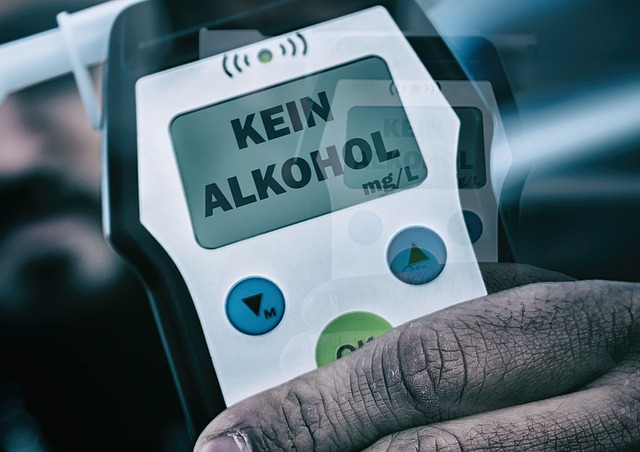Youth DUI Prevention Programs utilize interactive workshops, peer discussions, and simulated scenarios to educate teens about drunk driving dangers, challenging norms and misconceptions to reduce alcohol-related accidents and save lives. Accurate BAL testing through advanced devices, regular calibration, and healthcare professional training ensures reliable data for effective interventions targeting at-risk youth.
In the realm of public health, Youth DUI Prevention Programs stand as vital initiatives aimed at curbing a pressing issue. This article delves into the significance of accurate Breath Alcohol (BAL) testing within these programs. Enhancing BAL testing accuracy is not merely about technology; it’s about ensuring safer communities and better outcomes for young drivers. By exploring innovative methods, we can revolutionize Youth DUI Prevention, underscoring the importance of precise, reliable results to foster a culture of responsible driving.
- Youth DUI Prevention Programs: A Vital Public Health Initiative
- Enhancing Accuracy in BAL Testing for Better Outcomes
Youth DUI Prevention Programs: A Vital Public Health Initiative

Youth DUI Prevention Programs play a pivotal role in public health initiatives, targeting one of the most vulnerable populations—young drivers. These programs are designed to educate and empower teens about the dangers of drunk driving, aiming to reduce instances of impaired operating of motor vehicles. By implementing interactive workshops, peer-led discussions, and simulated driving scenarios, these initiatives foster a culture of responsibility and safety on our roads.
The success of Youth DUI Prevention Programs lies in their ability to engage and influence young minds at a critical stage of development. They provide an opportunity to challenge norms and dispel misconceptions about drinking and driving, ultimately saving lives and reducing the devastating impact of alcohol-related accidents on both individuals and communities.
Enhancing Accuracy in BAL Testing for Better Outcomes

Accurate results are paramount in any diagnostic testing, especially when it comes to critical health assessments. Balanced Air (BAL) testing, a key component in Youth DUI Prevention Programs, is no exception. Enhancing accuracy in BAL testing ensures that the data collected reflects true alcohol levels, leading to more effective interventions and strategies for at-risk individuals.
Advancements in technology play a significant role in achieving this precision. Modern BAL devices employ sophisticated sensors and sampling techniques designed to minimize errors. Regular calibration and maintenance of these instruments are essential practices, ensuring their reliability over time. Additionally, proper training for healthcare professionals conducting the tests is crucial to upholding accuracy standards, enabling them to follow protocol diligently.
Bal testing plays a pivotal role in Youth DUI Prevention Programs, ensuring accurate results is paramount for effective public health initiatives. By enhancing the accuracy of BAL (Blood Alcohol Level) testing, we can achieve better outcomes and safeguard our communities from impaired driving. This two-pronged approach—comprehensive programs targeting youth and precise testing methods—is essential to reducing drunk driving incidents and saving lives.






